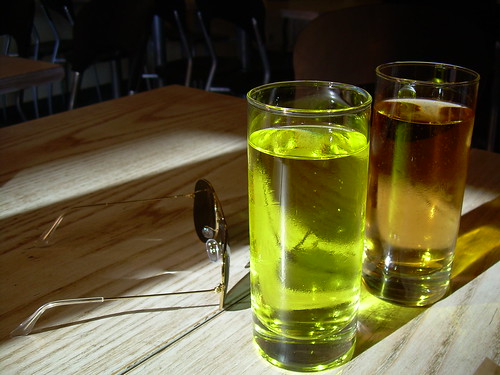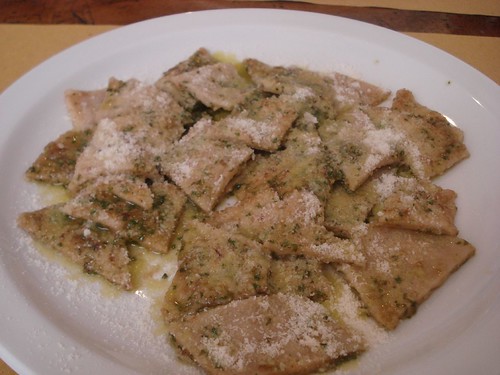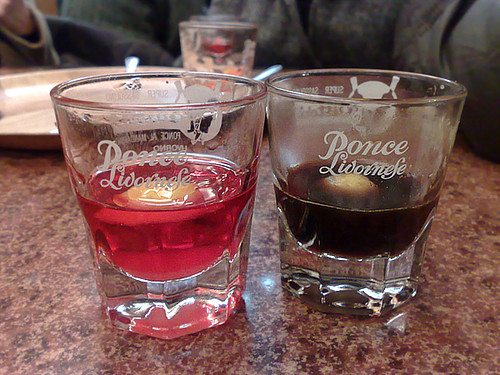



Small Tuscany tours, promoting wine, food and culture of this wonderful Italian region.











Crostini di Fegato (Chicken liver crostini)
Preparation time: 20 minutes.
Cooking time: 20 minutes.
One carrot.
One onion.
One stick of celery.
3 tbsp extra-virgin olive oil.
1/2lb chicken livers.
White wine or stock.
One dessert spoon capers.
4 anchovy fillets.
Freshly chopped sage.
1.5oz butter.
Salt.
1lb unsalted bread.
Cut the onion into rings and fry in the oil the chopped carrot and celery. Clean and wash the chicken livers, chop them roughly, add to the fried ingredients and brown well. If they dry out too much, moisten with a little stock or white wine, but allow it to evaporate well. Cook for twenty minutes, then remove from heat. Add the capers, anchovy fillets, chopped sage leaves and butter. Using a large kitchen knife, chop the entire mixture very finely. Lightly toast the slices of bread and spread with the liver paste. If the slices of bread are crisped under a grill, they may be moistened with a spoonful of stock before spreading with the liver mixture. I like my crostini crispy, however, so prefer not to do so.
BUONA PASQUA!





The 'Maddalena's Bridge' connect the two banks of the river Serchio in the small town of Borgo a Mozzano, near Lucca.It is located on the ancient Francigena road. In the medieval times it was an important pilgrimage road, connecting Rome to Canterbury (England).
The bridge construction goes back to the era of the Countess Matilde di Canossa (1046-1115), that had large influence and power on this zone of Tuscany, the Garfagnana, but its current aspect is due to the reconstruction carried on by Castruccio Castracani (1281-1328), Sir of Lucca at the beginning of the 14th century.
The bridge is known as Ponte del Diavolo (The Devil's Bridge) in force of a popular legend, reinforced from its strange aspect: a master mason begun its building but soon noticed that he would not be able to complete the work for the fixed day and frightened of the possible consequences invoked to the Devil asking him help. The Devil accepted to complete the bridge in a night in change of the spirit of the first that will cross it. The contract was signed but the constructor, full of remorse, confess himself with a religious of the zone that advised him to let cross the bridge for first to a pig. So the Devil was defeated and he disappeared in the deepness of the river.
This remarkable example of medieval engineering, is one of the many sites that you will discover with us at Undiscovered Tuscany.
Tuscany goes far beyond beautiful landscape of rolling hills dotted with vineyards and olive trees, art treasures and architectural landmarks. Let us show the undiscovered beauty of this wonderful Italian region. A presto!

